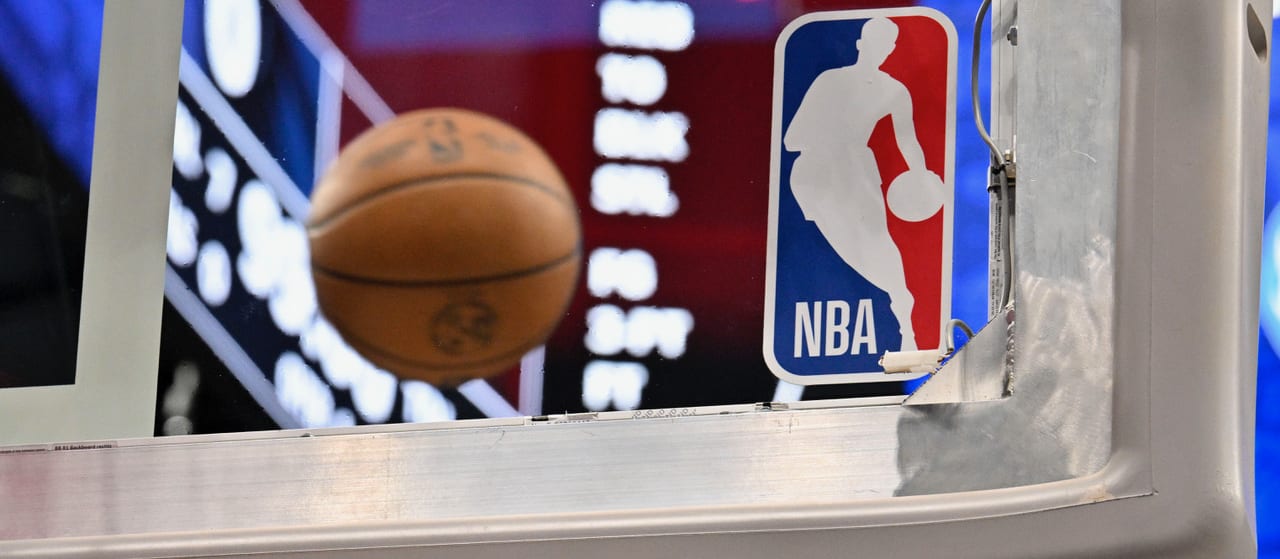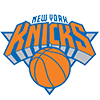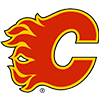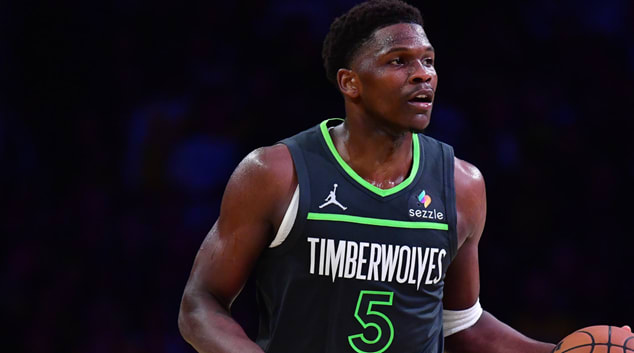Fantasy sports have exploded in popularity over the past two decades. Millions of fans spend hours drafting, trading and managing teams that mirror their favorite professional leagues. Fanntasy football and fantasy basketball stand out among the most popular formats. Both use real-life performance to determine points, but the games themselves differ in structure, strategy and day-to-day management.
This article breaks down the major differences between the two, covering rosters, scoring, injury management and season strategy. You'll also see a side-by-side comparison table that highlights why some managers gravitate toward the NFL while others prefer the NBA. And, of course, there are those who love both because of what makes them different.
Schedule and Frequency of Play
The first big difference is the calendar. Fantasy football runs alongside the NFL season, which includes just 17 regular season games per team. Fantasy basketball follows the NBA schedule, with 82 games per team.
- Football: You set your lineup once per week, usually before Sunday kickoffs, unless you have players in the Thursday Night Game. Each matchup carries massive weight because there are so few games overall.
- Basketball: You manage lineups daily or weekly depending on league rules. Because the volume of games is much higher, bad weeks can be absorbed and strategy plays out over time.
If you enjoy a high-stakes, once-a-week experience, then football offers drama. If you like constant engagement, basketball provides more interaction.
Roster Size and Player Pool
Fantasy football rosters are relatively small. You'll have one or two quarterbacks, a couple of running backs, two or three wide receivers, a tight end, a flex spot, a kicker, a defense and a bench. Because there are fewer roster spots, player scarcity at certain positions like RB or WR can determine league success.
Fantasy basketball rosters, on the other hand, are larger. After preparing with your fantasy basketball draft kit. You'll draft multiple guards, forwards, centers, plus utility players and bench depth. Because there are more categories to fill, the player pool is deeper. This is where a tool like an NBA fantasy draft cheat sheet comes in handy, especially for new players who need position-by-position help.
Scoring Differences
Fantasy football scoring tends to be explosive. A touchdown worth six points can swing an entire week. Yardage, receptions in PPR leagues and defensive scoring all come into play.
Fantasy basketball scoring is steadier. Most leagues either use categories (points, rebounds, assists, steals, blocks, percentages, threes and turnovers) or points-based systems where all statistics earn cumulative team points. Success relies on consistency across many games rather than one big play. Whereas football teams play one game per week, NBA teams can play up to as many as five in a single week. That's why reviewing fantasy basketball rankings is so crucial before drafting.
Draft Strategy
Draft day feels very different in each sport. Fantasy football drafts usually happen once and shape the entire season. If you miss on early picks, it's hard to recover. That's why fantasy football rankings are updated constantly before the season starts and throughout the season.
Basketball drafts are important, but not as season-defining. Because the NBA season is long and waiver wire pickups can dramatically change outcomes, there's more room for correction. In formats like auctions, using fantasy basketball auction values is key to balancing stars and role players.
Managers also monitor tools like NBA fantasy ADP to see where players are being selected in real drafts. Understanding average draft position prevents you from reaching too early or waiting too long.
Injuries and Player Management
Injuries impact both sports, but the scale is different. Losing a running back in football can devastate a season. Injuries in basketball are more frequent, but often shorter term. Players may miss a week with a sprain or sit out for rest.
Because there are so many different categories in fantasy basketball, losing a point guard can shift your focus away from assists, or losing a big man can make you focus on other categories like 3-pointers and steals.
That's why checking the NBA injury report is part of the daily grind for fantasy hoops managers. In football, a single injury might make or break the year, but in basketball, it's about consistent adjustments.
DFS and Betting Crossover
Daily fantasy has become a massive part of both games. In football, players use tools like an NFL DFS optimizer to build lineups around projected game scripts. Basketball players lean on an NBA DFS optimizer that adjusts for nightly NBA starting lineups and late scratches.
Beyond DFS, betting content adds another layer. Players often seek expert NFL picks to pair with fantasy analysis. Basketball fans rely on NBA projections to guide both betting and lineup decisions.
Season Engagement
Fantasy football is a once-a-week appointment. You check injury news, maybe set waivers midweek and then focus on Thursday night, Sunday and Monday night. The highs and lows are intense, and one play can determine the outcome.
Fantasy basketball is more of a marathon. You'll make moves multiple times per week, stream players and watch how rotations shift. The reward is steadier, but requires more patience. Some users prefer the slower build, while others love the adrenaline rush of football.
Side-by-Side Comparison
Feature | Fantasy Football | Fantasy Basketball |
| Season Length | 17 games per team, weekly matchups | 82 games per team, daily/weekly lineups |
| Roster Size | Small (QB, RB, WR, TE, DEF, K, bench) | Larger (PG, SG, SF, PF, C, UTIL, bench) |
| Scoring | Touchdowns, yardage, receptions, defense, kicking | Points, rebounds, assists, steals, blocks, shooting percentages, turnovers, double-doubles, plus other stats categories |
| Draft Strategy | Draft day is crucial, hard to recover | Draft matters, but in-season moves are impactful |
| Injury Impact | One injury can end a season | Frequent, but shorter-term injuries |
| Player Management | Weekly focus, waiver wire is key | Daily adjustments, streaming important |
| DFS Approach | NFL DFS optimizer for game-day builds | NBA DFS optimizer for nightly lineups |
| Betting Connection | NFL picks align with fantasy strategies | NBA projections guide props and betting |
| Engagement Style | High-stakes, weekly drama | Constant, steady strategy |
| Draft Tools | Fantasy football rankings | NBA fantasy draft tools and ADP insights |
Which Game Is Right for You?
Choosing between fantasy football and fantasy basketball comes down to preference. If you want a high-stakes weekly event, football offers intensity and scarcity. If you want a longer, more interactive season with daily management, basketball provides the grind.
Either way, having the right tools makes a difference. Football managers lean on up-to-date rankings, while basketball players benefit from cheat sheets, projections and injury updates. For the most accurate projections, injury news, DFS optimizers and draft prep, you can subscribe to RotoWire and gain access to premium tools across both sports.
Fantasy football and fantasy basketball share the same DNA, but the differences in schedule, scoring, roster depth and management style make each unique. Football gives you explosive, once-a-week excitement. Basketball rewards long-term strategy and consistency. Whichever you prefer, both deliver the thrill of turning stats into wins.



























